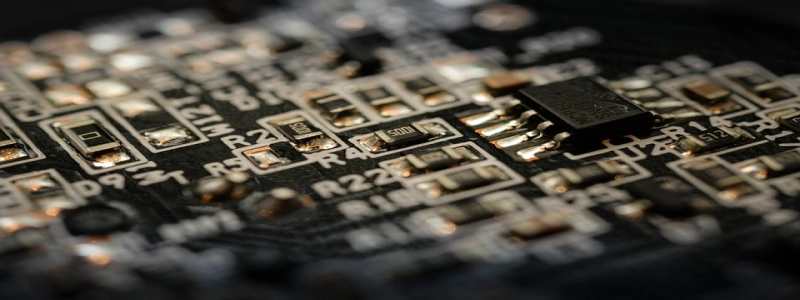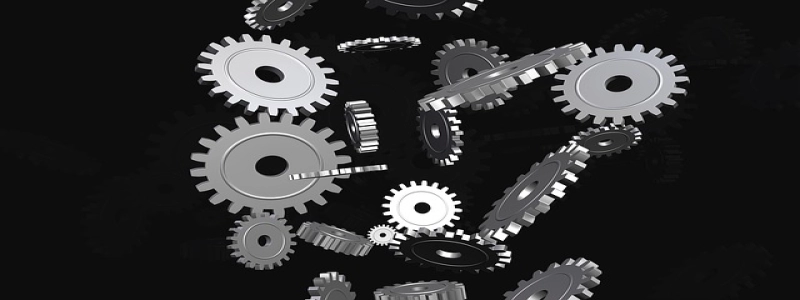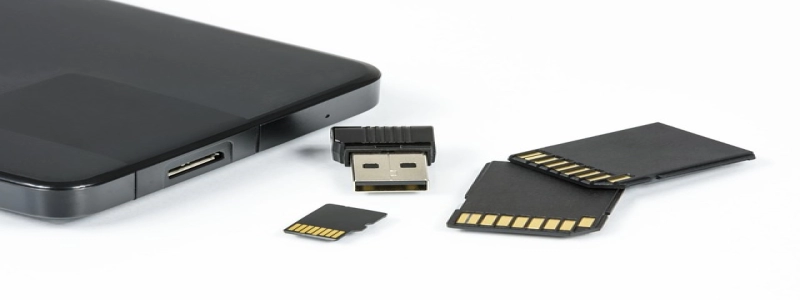Cat8 vs Cat6 Ethernet Cable
I. Introduction
A. Importance of Ethernet cables
B. Evolution of Ethernet cable standards
II. Cat6 Ethernet Cable
A. Definition and features
B. Maximum data transfer rate
C. Compatibility with devices
D. Advantages and disadvantages
III. Cat8 Ethernet Cable
A. Definition and features
B. Maximum data transfer rate
C. Compatibility with devices
D. Advantages and disadvantages
IV. Comparison between Cat6 and Cat8 Ethernet cables
A. Data transfer rate
B. Shielding capability
C. Bend radius
D. Cost and availability
V. Conclusion
A. Summary of key differences
B. Choosing the right Ethernet cable for your needs
I. Introduction
Ethernet cables play a crucial role in ensuring reliable and fast internet connectivity. Over the years, various standards of Ethernet cables have been developed to meet the increasing demand for higher data transfer rates. Among these, Cat6 and Cat8 cables are two popular choices in both residential and commercial settings.
II. Cat6 Ethernet Cable
Cat6 cables are widely used and offer improved performance compared to their predecessor, Cat5e cables. They are designed to handle gigabit speeds and are suitable for most networking applications. These cables come with twisted pairs of copper wire, which help minimize interference and crosstalk. They are backward compatible with older Ethernet standards.
III. Cat8 Ethernet Cable
Cat8 cables represent the latest advancement in Ethernet technology. They are specifically designed for high-speed applications and can support data transfer rates up to 40 Gigabits per second (Gbps). These cables have better shielding capabilities, reducing the risk of electromagnetic interference. Cat8 cables are also backward compatible with previous Ethernet standards.
IV. Comparison between Cat6 and Cat8 Ethernet cables
When deciding between Cat6 and Cat8 cables, several factors need to be considered.
A. Data transfer rate: Cat6 cables offer a maximum data transfer rate of 10 Gbps, while Cat8 cables provide speeds of up to 40 Gbps. If you require ultra-fast internet connections, Cat8 cables are the better choice.
B. Shielding capability: Cat6 cables come with minimal shielding, making them more susceptible to interference. On the other hand, Cat8 cables have improved shielding, ensuring better signal quality and reduced crosstalk.
C. Bend radius: Cat6 cables have a smaller bend radius, making them more flexible and easier to install in tight spaces. Cat8 cables have a larger bend radius, which can be challenging when it comes to routing and installation.
D. Cost and availability: Cat6 cables are more widely available and cost-effective compared to Cat8 cables, which are relatively new and still gaining popularity. The price difference between the two can be significant.
V. Conclusion
In conclusion, choosing the right Ethernet cable depends on your specific requirements and budget. If you need ultra-high-speed connections and have the budget to invest, Cat8 cables provide superior performance. However, for most common networking needs, Cat6 cables offer a cost-effective solution. Consider factors such as data transfer rate, shielding capabilities, bend radius, and cost when making your decision.








